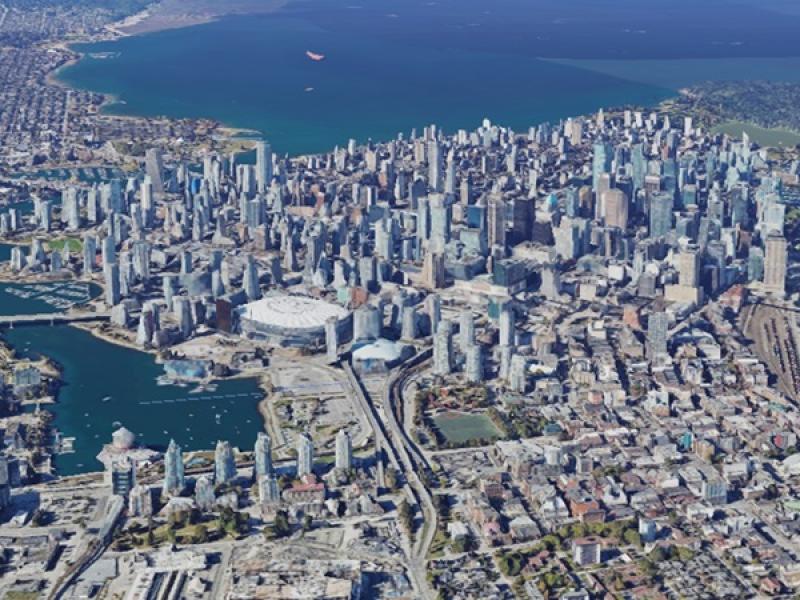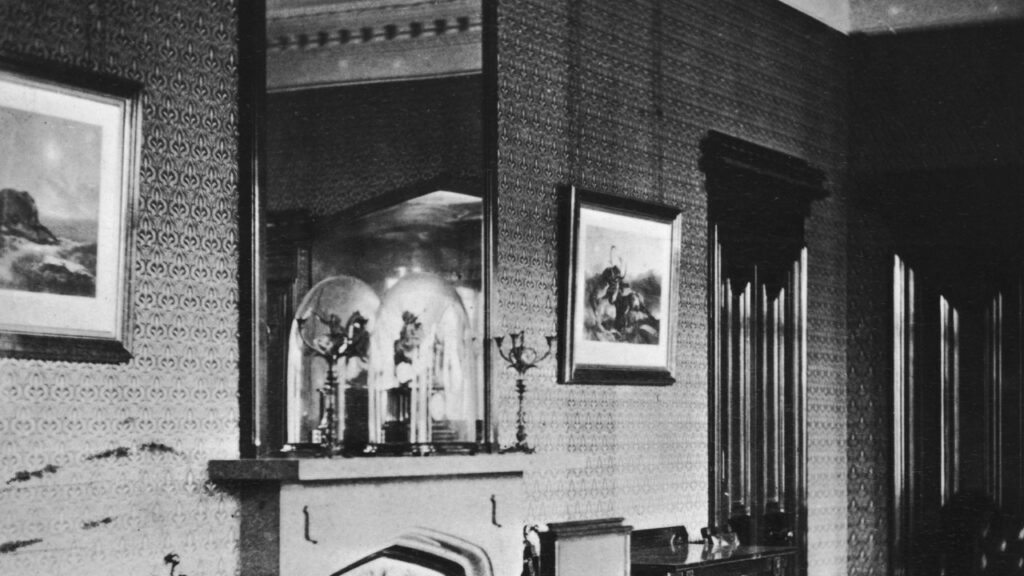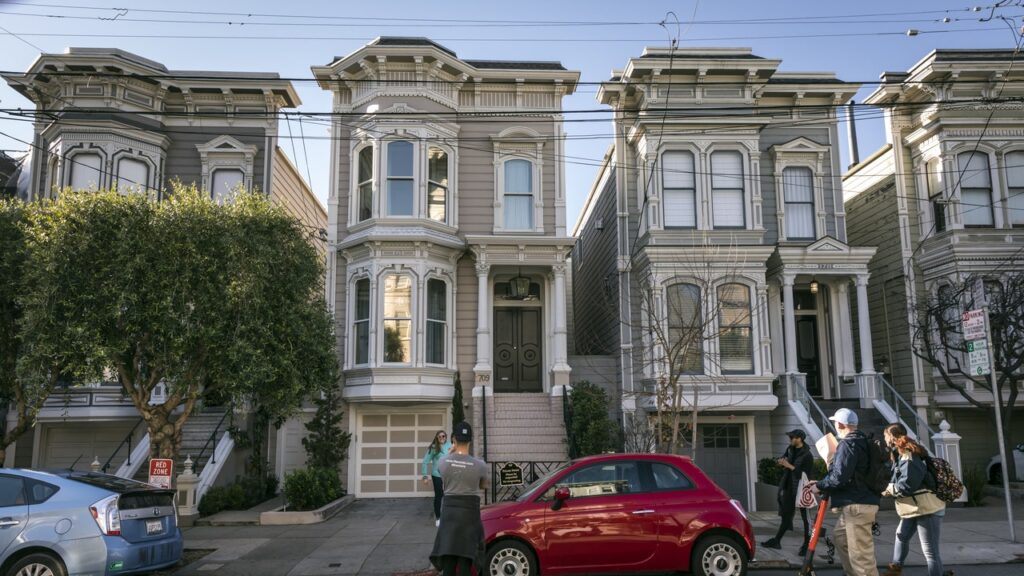
Major real estate data surveys are reporting mixed signals for the Canadian office sector this quarter, with positive net absorption but a higher vacancy rate (18.4 per cent) nationwide led by upticks in both Toronto and Vancouver.
Another significant ongoing trend is the reduction in office space under construction, which dropped to 9.1 million square feet across the country – its lowest level since 2011 according to CBRE’s Canada Office Figures Q1 2024 report. No new office buildings broke ground in the quarter.
“The Canadian office market reported 439,000 sq. ft. positive net absorption to start off the year,” the report’s executive summary states.
“This is the first quarter of positive net absorption since Q3 2022 and was bolstered by pre-leased new supply in Vancouver, offsetting further softness in Toronto.”
The long, bumpy and geographically fragmented recovery from the COVID-19 pandemic and the ongoing hybrid home/office working models are reflected in the data.
Vacancy up in Vancouver, but market remains strong
While Vancouver remains one of the strongest office markets in North America with a vacancy rate of 9.5 per cent, it did increase slightly in Q1.
And while some secondary markets are showing signs of continued improvement, Toronto also experienced a rise in overall vacancy to 19.2 per cent, including 18 per cent in the downtown.
Both Vancouver and Toronto were impacted by space dumped by WeWork as part of its restructuring process which returned to the market, CBRE notes.
There is almost five million square feet of additional space under construction in the Greater Toronto Area (more than half the nationwide total), with about 54 per cent of it preleased.
“While vacancy has continued to increase nationally, we are starting to see some green shoots in Canada’s downtown office markets,” CBRE Canada chairman Paul Morassutti noted in the report.
“In each of the last three quarters, five of the 10 cities tracked recorded declining downtown vacancy on a quarterly basis. It doesn’t mean things have fully stabilized, but it offers some much-needed optimism for the heavily scrutinized office market.”
Helping mitigate vacancy stats are new office-to-residential conversion projects, which removed an additional 870,000 square feet from inventory as 13 projects in eight markets moved forward. The average vintage of these buildings from the C- and B-class inventories is 1985.
Following are snapshots of 10 major Canadian markets, with data provided from the CBRE report and augmented from other reports where noted.
Toronto
Downtown vacancy climbed to 18 per cent, while suburban vacancy hit 20 per cent, mainly due to new direct space going onto the market.
Absorption for the quarter was -696,465 square feet in a total office inventory of 171.7 million square feet citywide. Sublet space comprises about 22 per cent of the total.
While the downtown class-A vacancy rate was 15.5 per cent, a much higher suburban class-A vacancy (23.6 per cent) meant that overall, class-A vacancy was almost the same as vacancy for all classes, at 18.8 per cent.
Avison Young also released data which shows GO Transit trips in Toronto settled at about 60 per cent of pre-pandemic norms in 2023.
The data shows an average of about three million trips per month on the commuter rail service, though there was a rise through the fall to just under four million trips in November. That compares to about five million monthly trips in 2019.
“Considering GO rail as one of the primary public transit options for office workers commuting downtown, the increase in ridership suggests a steady return of workers to an in-office environment,” the post states.
“However, since vacancy rates are typically a lagging indicator, this ‘return’ has yet to translate into the overall vacancy rate.
“We anticipate that higher-end or trophy properties, which have generally maintained lower vacancy rates, will experience a positive impact first before demand trickles down to the class-A and eventually class-B office market.”
Vancouver
The addition of 1.15 million square feet of new supply during the quarter bolstered the city’s overall inventory to 53 million square feet. Because most was pre-leased, it also led to 1.04 million square feet of absorption.
However, the city’s downtown vacancy rose to 10.9 per cent and suburban vacancy was at 8.7 per cent – for a citywide total of 9.5 per cent.
Sublet space dropped to 24.4 per cent of that, with about five million square feet of space available in total (2.4 million square feet of direct versus 667,000 square feet of sublet).
1.96 million square feet of new space remains under construction, all outside the downtown.
Montreal
Downtown vacancy declined for the first time in six quarters, with class-A activity trimming it to 17.7 per cent. Suburban vacancy was up slightly to 18.7 per cent, and citywide the rate was up slightly to 18.1 per cent.
Market bifurcation is continuing, with the majority of activity resulting from tenants “targeting best-in-class buildings with great amenities,” the report states. With over two million square feet under construction, this trend is unlikely to slow.
Overall absorption was -192,000 square feet (total inventory 78 million square feet), driven mainly by a drop of over 300,000 square feet in the suburban markets.
Calgary
The region’s total inventory of 68.6 million square feet experienced a slight increase to 28 per cent vacancy, with 30.3 per cent in the downtown and 24.4 per cent in the suburbs.
Net absorption and leasing activity were almost flat, and a 127,488-square-foot suburban medical office building was the lone Q1 delivery.
Edmonton
The city recorded its third straight quarter of declining vacancy, with overall vacancy down to 21.1 per cent (22.3 per cent downtown, 19 per cent in the suburbs).
Much of the activity, which resulted in just over 40,000 square feet of absorption, occurred with large-scale users in the downtown.
This has led to a slight increase in average class-A net rents, which were $19.53.
Winnipeg
Completion of the downtown Wawanesa Tower delivered 380,000 square feet of fully pre-leased space to the market. As Wawanesa consolidated its employees from across the city, a move from 191 Broadway freed up 68,000 square feet in that property.
All the activity raised Winnipeg’s downtown vacancy to 18.6 per cent, while suburban fell to 10.2 per cent, for a citywide average of 16.2 per cent. The region has an inventory of 14.4 million square feet.
London
Demolition of the former London Free Press building removed 145,000 square feet of office space in the downtown area, leading to a decline of citywide vacancy to 23.7 per cent and a revised office inventory of 6.3 million square feet.
Waterloo Region
The region’s comparatively healthy office market saw vacancy rise slightly to 13.9 per cent, but there is no new space in the construction pipeline. The region’s inventory stands at 16.1 million square feet of space, with most of it (11.1 million square feet) considered suburban space.
Average net rents continued a year-long decline, dipping to $21.66 in Q1.
Vacancy is heavily focused on the downtown, which is at 22.5 per cent compared to 10 per cent in the suburbs.
Ottawa
Ottawa’s vacancy rate dropped 30 basis points to 13 per cent, but its inventory also continued to fall – to 40.8 million square feet – thanks to the removal of aging buildings for office-to-residential conversions.
The latest is 200 Elgin St., which will be the fifth downtown conversion in recent years.
The market has seen only one quarter with rising office inventory since late 2021.
Absorption of 183,172 square feet in the suburbs offset -92,402 square feet in the downtown.
In its own report, Colliers reports availability of 14 per cent across the city and vacancy of 12 per cent. It notes almost 440,000 square feet of net absorption during the past six months.
One less encouraging note in the Colliers report is that the city’s return-to-office stats lag most other major cities, at just 54 per cent of pre-COVID levels (Toronto is at 78 per cent, Montreal 67 per cent and Vancouver 72 per cent).
Halifax
Conversions are also gaining traction in the Halifax Regional Municipality, where the overall office vacancy rate held steady at 14.1 per cent, but inventory declined to 12.9 million square feet.
Interestingly, this market has also registered year-over-year growth in rents for the past five quarters, hitting $18.27 for class-A properties in Q1 2024.
There is 1.7 million square feet of space available for lease, but only 5.7 per cent of that is sublet space. It is also evenly distributed among the downtown and suburban markets.









